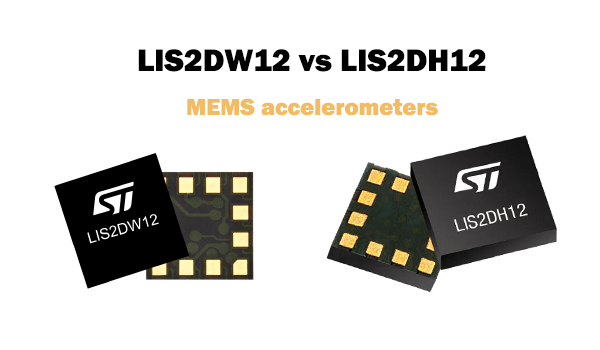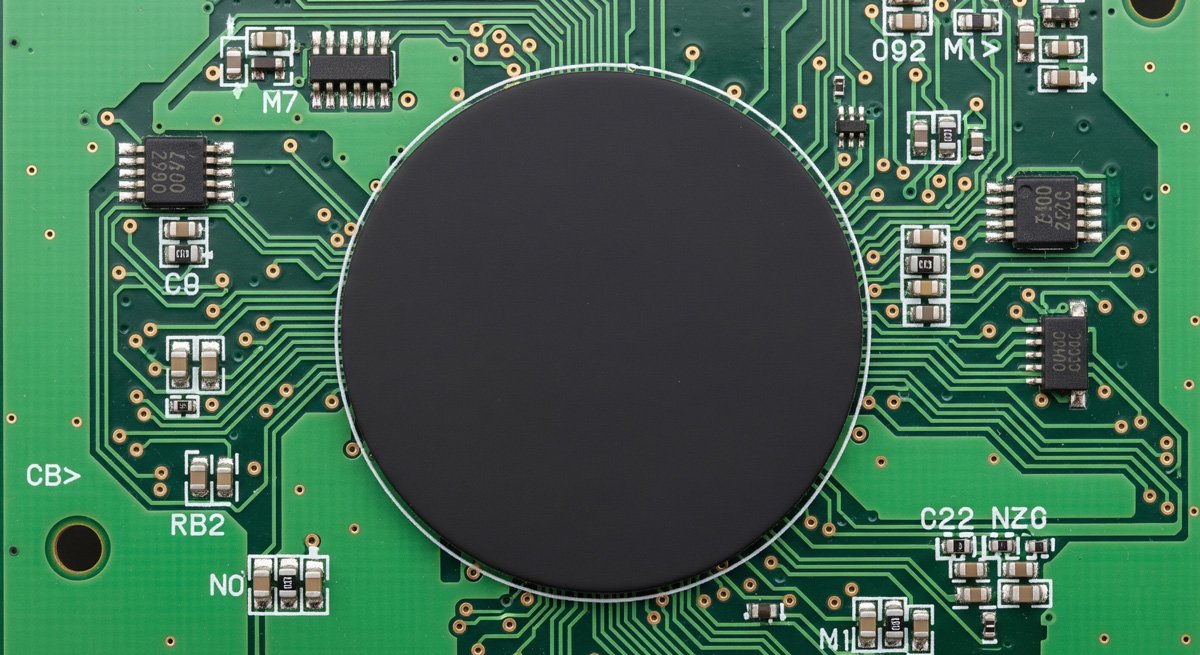If you want to make your own products, integrate new features into old devices, or just understand how something works on a more fundamental level, then you’ll want to learn about reverse engineering semiconductor chips. Reverse engineering a semiconductor chip is a challenging process that can feel overwhelming at first. It involves breaking down logic gates, data paths, and other elements into their basic components so that they can be easily understood by someone with no previous knowledge of how these chips work.
What is a semiconductor chip?
A semiconductor chip, or IC (integrated circuit), is an electronic circuit that is manufactured as a single piece of semiconducting material. They’re commonly made from silicon, but other substances are also used. Semiconductor chips are used in almost all modern electronics, including computers, smartphones, and appliances.
This means that if you want to understand how something works, if it uses a microprocessor, then you need to understand how the microprocessor works. And to understand how it works, you need to deconstruct it and look at the individual parts. This process is known as reverse engineering a semiconductor chip.
Why Reverse Engineer Semiconductor Chips?
Reverse engineer semiconductor chip. This process is particularly useful if you want to understand how technology works. It can also be used to create your own products or circuits in a variety of different fields, such as in computer engineering, robotics, or modern technology. This can be useful if you want to change an existing product or circuit design, or if want to create something new. Reverse engineering a semiconductor chip could also help you to save money. Because you can understand how something works, you may be able to create a circuit that does the same thing for less money. You might also be able to create your own design instead of buying a chip with an existing design. This could be helpful if you want to create a product but need a custom circuit to power it.
How to Start Reverse Engineering a Semiconductor Chip?
Step1. Prepare equipment
The first thing that you’ll need to do is assemble the equipment that you’ll need for this process. You’ll need a chip extraction device, a microscope, a manual or automatic chip reader, a chip decapping device, a vacuum desoldering pump, a scalpel, tweezers, a magnifying glass, and a sample bag.
Some of these tools may already be in your junk drawer, but you may have to buy others. The chip extraction device is the device that you’ll use to remove the chip from the circuit board. There are a few different extraction devices available, but they’re all relatively simple. The microscope is used to see the small details inside the chip. A chip reader is used to interpret the data that’s stored on the chip.
Step2. Decoding Binary and Hexadecimal Numbers
A key part of reverse engineering a semiconductor chip is learning how to decode binary and hexadecimal numbers.
Binary numbers are used by computers to represent data. Instead of using letters and numbers, binary numbers only use the numbers 0 and 1. Binary numbers are often abbreviated to just B or bin.
Hexadecimal numbers are a way of assigning letters to binary numbers so that they’re easier to read and remember. You’ll likely come across hexadecimal numbers in your reverse engineering process.
However, you may need to know how to decode hexadecimal numbers into binary in order to understand what you’re seeing. This can be useful if you’re looking at data that was stored on a chip. You can decode binary numbers into hexadecimal numbers by splitting each group of 4 bits into 2 bits. These 2 bits should correspond to letters in the alphabet. For example, the binary number 10101 is equal to B5 in hexadecimal.
Step3. Identifying the Different Parts of a Chip
The different parts of a chip are called nodes or nodes. You can usually find these on the packaging or in the manual for a chip.
You can also find them on the Internet. But you need to be careful because some websites are unclear or contain misinformation.
The power supply node is responsible for converting voltages and supplying current to the rest of the chip.
The clock node controls the rate at which data is processed.
The control node manages the processes that occur inside the chip.
The data path node is responsible for connecting different parts of the chip and transferring data.
The inputs node controls the flow of data entering the chip.
The outputs node controls the flow of data leaving the chip.
Development of Semiconductor Industry
After over half a century of development, the semiconductor industry has gradually diversified from a few oligopoly companies to an increasing number of new enterprises. The business model has also evolved from the early single Integrated Device Manufacturer (IDM) to various forms such as Fabless, Foundry, EDA tools, IP licensing, and chip design services. After many years of differentiation, the industry has entered a crazy consolidation mode in recent years, with the epicenter in Silicon Valley, USA.
2015-2016
In particular, in 2015 and 2016, companies with a market capitalization of billions of dollars, such as Fairchild, Broadcom, Freescale, ARM, and Altera, were acquired, indicating a “reverse” trend in the industry.
In 2015, a wave of mergers and acquisitions swept through the global semiconductor industry. According to statistics, the total value of mergers and acquisitions reached nearly $160 billion, six times the largest annual amount in the history of the semiconductor industry.
2017-2023
The development of semiconductors has seen a huge increase in growth from 2017 to 2023. This is due to the increasing use of semiconductor technology in the production of a wide range of devices, from phones and tablets to automotive, industrial and medical systems.
In 2017, the global semiconductor market was estimated to be worth $414.8 billion, and this figure is expected to reach $573.3 billion by 2023. This growth is driven by the increasing demand for semiconductor-enabled products, as well as the development of new technologies such as 5G and artificial intelligence.
The development of semiconductors has enabled the production of increasingly powerful and sophisticated products, as well as the ability to connect to a larger number of networks and systems. This has allowed a variety of industries to benefit from the use of semiconductor technology, such as automotive, industrial and medical applications. It has also driven an increase in investment in research and development, as well as an increased focus on the development of new technologies and materials. This has resulted in a greater focus on the production of high-performance, low-power products.
Conclusion
Reverse engineering a semiconductor chip is a challenging process that can feel overwhelming at first. However, it can be incredibly rewarding, and it can help you to better understand technology, create your products, and save money.
When starting your reverse engineering process, make sure to take notes and keep track of any information that you find helpful. This can include data that you find on the chip or photos of the different nodes and circuits. And once you’ve reverse-engineered a chip, make sure to share your knowledge and findings with others!






